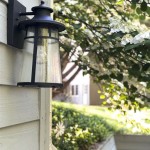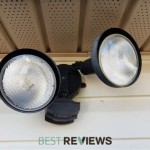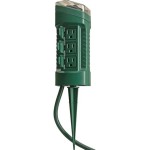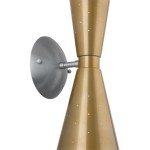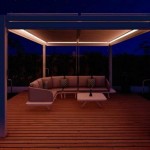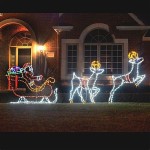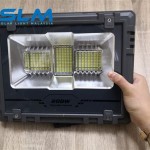How To Protect Outdoor String Lights
Outdoor string lights are a popular way to add ambiance and illumination to patios, gardens, and other outdoor spaces. They create a warm and inviting atmosphere, extending the usability of outdoor areas into the evening hours. However, these lights are exposed to the elements, and their longevity depends on proper protection from the weather. To ensure your string lights remain functional and aesthetically pleasing for years to come, understanding the key factors that affect their lifespan and implementing protective measures is crucial.
1. Choosing Weather-Resistant String Lights
The first step towards protecting your outdoor string lights is ensuring they are designed to withstand the elements. Look for string lights with the following features:
- IP Rating: The Ingress Protection (IP) rating indicates a product's resistance to dust and water. Choose string lights with an IP rating of at least IP65 or higher. This rating signifies that the lights can withstand heavy rains and dust, providing optimal protection.
- Weatherproof Materials: The materials used in construction play a crucial role in the durability of string lights. Opt for lights with durable, waterproof outer shells, such as PVC or rubber, and ensure the wiring is adequately insulated.
- LED Bulbs: LED bulbs are highly energy-efficient and produce less heat than traditional incandescent bulbs. This reduces the risk of overheating, a common cause of damage in outdoor lighting.
- UV Resistance: Sunlight can cause fading and deterioration of materials over time. Choose lights with UV-resistant materials to protect them from the damaging effects of the sun.
By selecting string lights with these features, you lay a strong foundation for their longevity and performance in various weather conditions.
2. Proper Installation and Maintenance
Proper installation and consistent maintenance are crucial for extending the lifespan of outdoor string lights. Consider the following:
- Secure Mounting: Secure the lights to prevent sagging or movement that could damage the wiring or bulbs. Use clips, hooks, or other appropriate mounting mechanisms designed for outdoor use. Ensure that the mounting points are secure and able to withstand weather conditions.
- Avoid Overloading: Avoid overloading circuits by adhering to the manufacturer's recommended wattage limits. Overloading can lead to overheating and electrical hazards. Use a dedicated circuit for string lights, especially for longer strings.
- Regular Cleaning: Dust, debris, and grime can accumulate on the lights, hindering their performance and increasing the risk of malfunction. Clean the lights periodically with a soft cloth and mild soap solution to remove any build-up. Avoid using harsh chemicals or abrasive cleaners.
- Inspect Regularly: Inspect the lights for any signs of damage, such as frayed wiring, cracked bulbs, or loose connections. Immediately replace any damaged components to prevent further damage and ensure the safety of the electrical system.
These practices minimize the potential for damage and ensure the lights function optimally throughout their lifespan.
3. Additional Protective Measures
Beyond choosing weather-resistant string lights and implementing proper installation and maintenance practices, additional protective measures can further enhance their longevity:
- Protective Covers: During extreme weather events, such as heavy snowfall or storms, consider using protective covers to shield the lights. These covers can be purchased separately or are often included with some string light sets.
- Timer and Smart Outlets: Installing the lights on a timer or using a smart outlet helps manage their usage and reduce the risk of damage caused by prolonged exposure to the elements.
- Adequate Spacing: Ensure the lights are spaced apart to allow for proper airflow and to prevent overheating. Avoid bunching the lights together, which can trap heat and moisture.
- Storage During Harsh Weather: If the lights are not designed for extreme weather conditions, consider storing them indoors during harsh winters or stormy seasons. This helps to prevent them from sustaining damage from snow, ice, or strong winds.
These additional steps provide an extra layer of protection and ensure the lights remain in excellent condition for extended periods.
By carefully selecting weather-resistant string lights, implementing proper installation and maintenance practices, and taking additional protective measures, you can ensure your outdoor string lights remain functional, aesthetically pleasing, and enhance the enjoyment of your outdoor spaces for years to come.

Tips For Protecting Outdoor Light Strings Part 1 1000bulbs Blog

Tips For Protecting Outdoor Light Strings Part 2 1000bulbs Blog
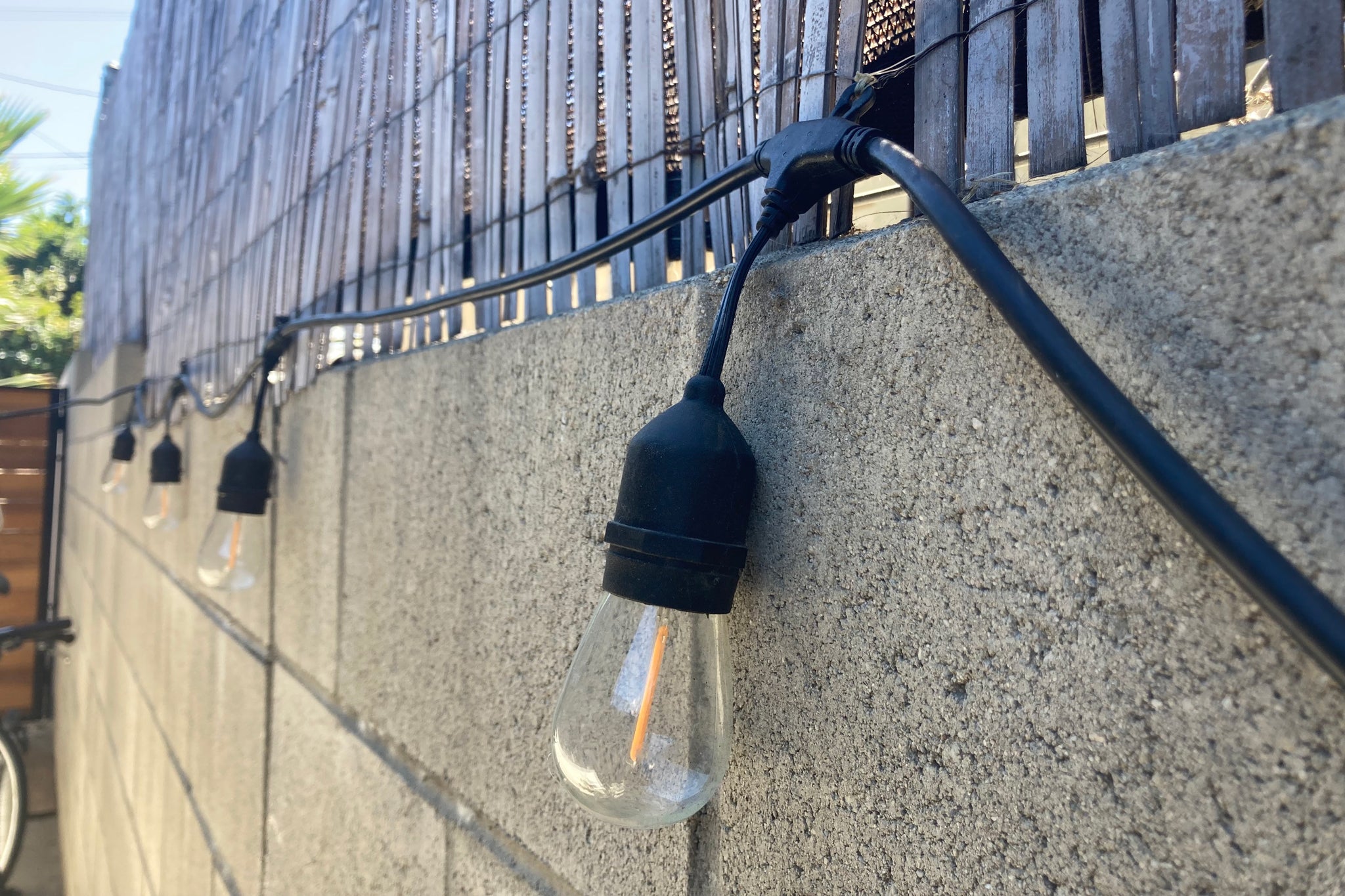
How To Hang Outdoor String Lights And Make Them Look Good Wirecutter

How To Safety Use And Protect Outdoor String Lights Ep Designlab Llc

How To Hang String Lights On Your Deck Joist Beam Rim Tape Trex Protect

Using A Cable To Hang String Lights Concord Carpenter

5 Tips On How To Hang Outdoor String Lights

Tips For Protecting Outdoor Light Strings Part 1 1000bulbs Blog

How To Hang Outdoor String Lights Ideas True Value

How To Hang Outdoor String Lights Ideas True Value
Related Posts
